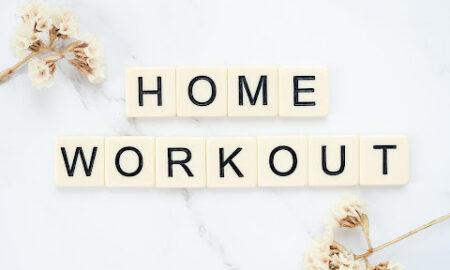How do average trainees plan their workouts? They go to the gym, see how they feel on that particular day and then lift the best way they can. They do that for bench presses, inclines, seated cable rows, dumbbell rows and even pulldowns. It can lead fairly quickly to a plateau that can last for years. Many years ago I watched Arnold Schwarzenegger and a gym regular say hello to each other. Arnold watched him squat for a moment and said, “Isn’t that the same weight you’ve been using for the last couple of years?” Schwarzenegger was right.
We’ve all encountered plateaus in training. Our training partners and friends grumble and complain that their bench press hasn’t changed in six months. They may have focused on the bench press—specialized on it for one month. They increased the sets. They tried adding more dumbbell flyes, more triceps work, more of everything. What was the usual result? Either no improvement, or the bench press weight went down. They became so frustrated that they left the gym saying, “Nothing works. I’m taking a week off.” A week later they came back to the gym, went straight to the bench and quickly discovered that they could bench-press more than they had in six months.
What happened? They were overtrained. One of the first signs of overtraining is declining performance. Most trainees usually step up training when performance declines. That simply speeds up the decline. Other symptoms go with overtraining: lack of desire to train, sleep disturbances or insomnia, loss of appetite, irritability and mood swings.
My first real experience with overtraining was as a college student. I read about, and watched, Robby Robinson and Denny Gable train. They were on a double-split routine. My training was at a plateau. I told my friends I wanted to try Robinson’s routine. A friend asked how I was going to do that while going to school full-time, working part-time and studying. I replied that I didn’t know, but I had to do something about my plateaus. It was difficult at first, but then I noticed I was sleeping less and less. “It’s unbelievable,” I told my friend. “I’m doing all this training, and it must be giving me more energy because I don’t need to sleep as much!”
Needless to say, I was developing insomnia from severe overtraining. I was an average guy in the gym who liked to work out, and I copied a routine used by one of the best professional bodybuilders of his era. Two more weeks of the double-split routine and lack of sleep, and I was exhausted. The weights all felt way too heavy—and that was the end of the double-split routine.
The lesson for us all is that we can make better gains—and avoid injuries from the fatigue that goes with overtraining—by having a plan. The plan can be stages of a yearly workout program, with a goal for each stage and weekly and daily plans for workouts. All training programs for other sports follow a plan. Once called cycling, it later became known as periodization.
Your body isn’t physically or psychologically capable of maintaining a peak day in and day out, week in and week out or month in and month out. It must recover from the peak performance in strength, speed, explosiveness, endurance and so on and then work to achieve another and probably higher peak of performance. In the gym, a peak can occur every eight to 12 weeks.
Look at the way powerlifters train. They plan to lift a certain amount of weight and add to it each week until they finally reach their maximum bench press, squat or deadlift. That usually occurs about a week before they compete—the week that they devote to light training in order to recover before the contest. It’s exactly what happened to our frustrated friends and training partners who took a week off from training only to return and have the best bench press they’d done in six months.
Let your body recover for the week before the meet (more on that next month). Think about your training plan. IM
Editor’s note: Visit www.SoftTissueCenter.com for reprints of Horrigan’s past Sportsmedicine columns that have appeared in IRON MAN. You can order the books, Strength, Conditioning and Injury Prevention for Hockey by Joseph Horrigan, D.C., and E.J. “Doc” Kreis, D.A., and the 7-Minute Rotator Cuff Solution by Horrigan and Jerry Robinson from Home Gym Warehouse, (800) 447-0008 or at www.Home-Gym.com.




















You must be logged in to post a comment Login